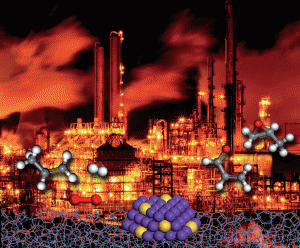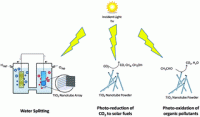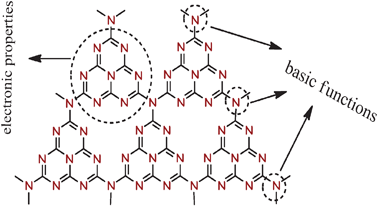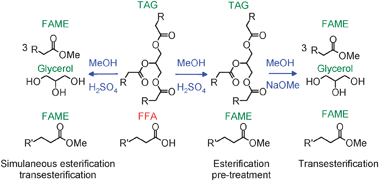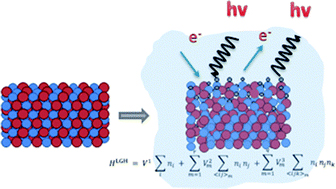This month sees the following articles in Catalysis Science & Technology that are in the top ten most accessed:-
Graphene-based materials for catalysis
Bruno F. Machado and Philippe Serp
Catal. Sci. Technol., 2012, 2, 54-75 DOI: 10.1039/C1CY00361E
CdS–graphene and CdS–CNT nanocomposites as visible-light photocatalysts for hydrogen evolution and organic dye degradation
Aihua Ye , Wenqing Fan , Qinghong Zhang , Weiping Deng and Ye Wang
Catal. Sci. Technol., 2012, Advance Article DOI: 10.1039/C2CY20027A
Metal–organic frameworks as heterogeneous catalysts for oxidation reactions
Amarajothi Dhakshinamoorthy , Mercedes Alvaro and Hermenegildo Garcia
Catal. Sci. Technol., 2011, 1, 856-867 DOI: 10.1039/C1CY00068C
Asymmetric catalysis using iron complexes –‘Ruthenium Lite’?
Muftah Darwish and Martin Wills
Catal. Sci. Technol., 2012, 2, 243-255 DOI: 10.1039/C1CY00390A
Lanthanide modified semiconductor photocatalysts
Amanda S. Weber , Anne M. Grady and Ranjit T. Koodali
Catal. Sci. Technol., 2012, Advance Article DOI: 10.1039/C2CY00552B
Challenge and progress: palladium-catalyzed sp3 C–H activation
Hu Li , Bi-Jie Li and Zhang-Jie Shi
Catal. Sci. Technol., 2011, 1, 191-206 DOI: 10.1039/C0CY00076K
One-pot synthesis of CuO nanoflower-decorated reduced graphene oxide and its application to photocatalytic degradation of dyes
Sen Liu , Jingqi Tian , Lei Wang , Yonglan Luo and Xuping Sun
Catal. Sci. Technol., 2012, 2, 339-344 DOI: 10.1039/C1CY00374G
A review of controllable synthesis and enhancement of performances of bismuth tungstate visible-light-driven photocatalysts
Liwu Zhang and Yongfa Zhu
Catal. Sci. Technol., 2012, Advance Article DOI: 10.1039/C2CY00411A
Recent progress in the electrochemical conversion and utilization of CO2
Neil S. Spinner , Jose A. Vega and William E. Mustain
Catal. Sci. Technol., 2012, 2, 19-28 DOI: 10.1039/C1CY00314C
Large-scale synthesis of ceria-based nano-oxides with high CO oxidation activity
Pankaj Bharali , Pranjal Saikia and Benjaram M. Reddy
Catal. Sci. Technol., 2012, Advance Article DOI: 10.1039/C2CY20024D
Why not take a look at the articles today and blog your thoughts and comments below.
Fancy submitting an article to Catalysis Science & Technology? Then why not submit to us today or alternatively email us your suggestions.











